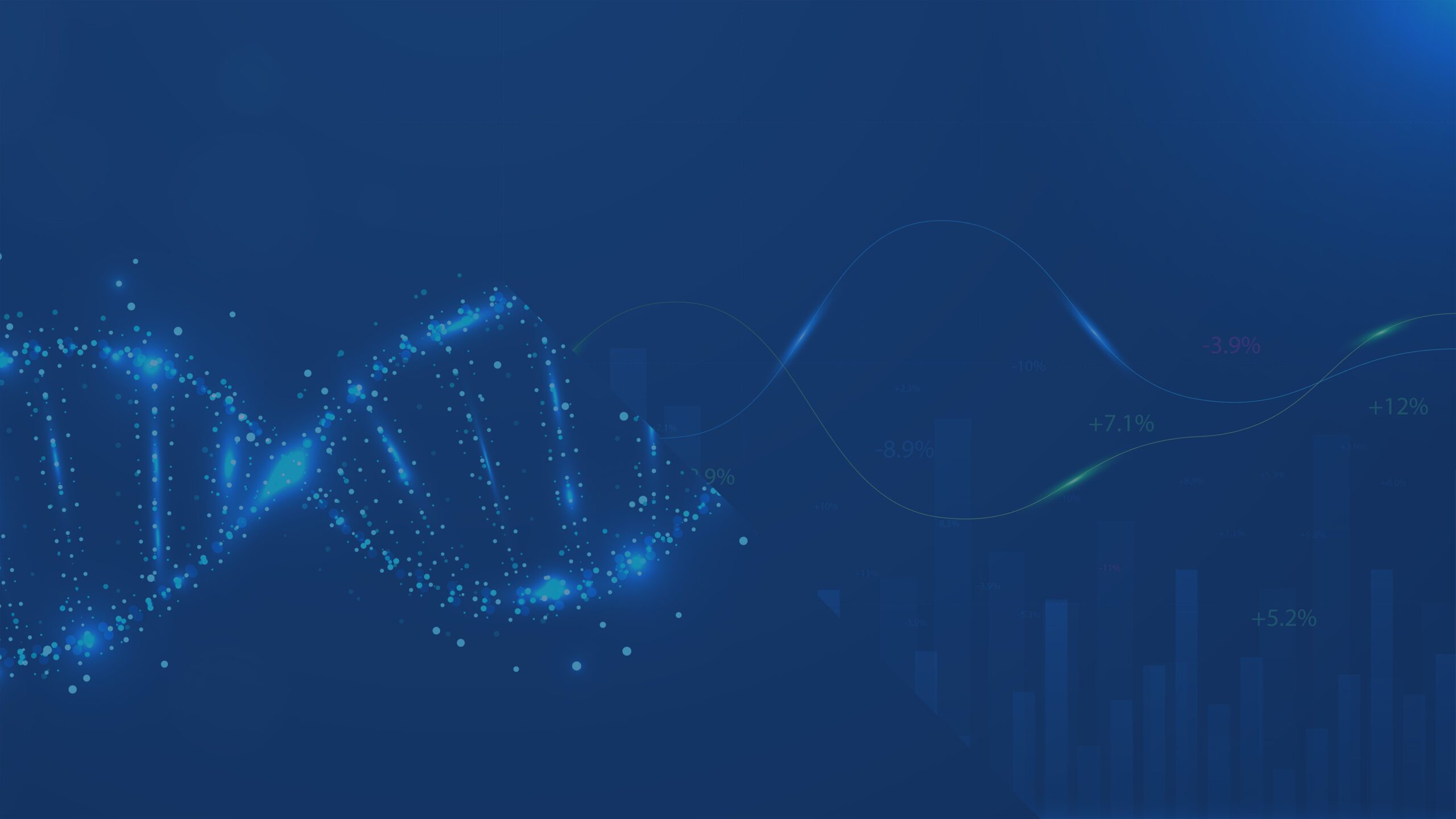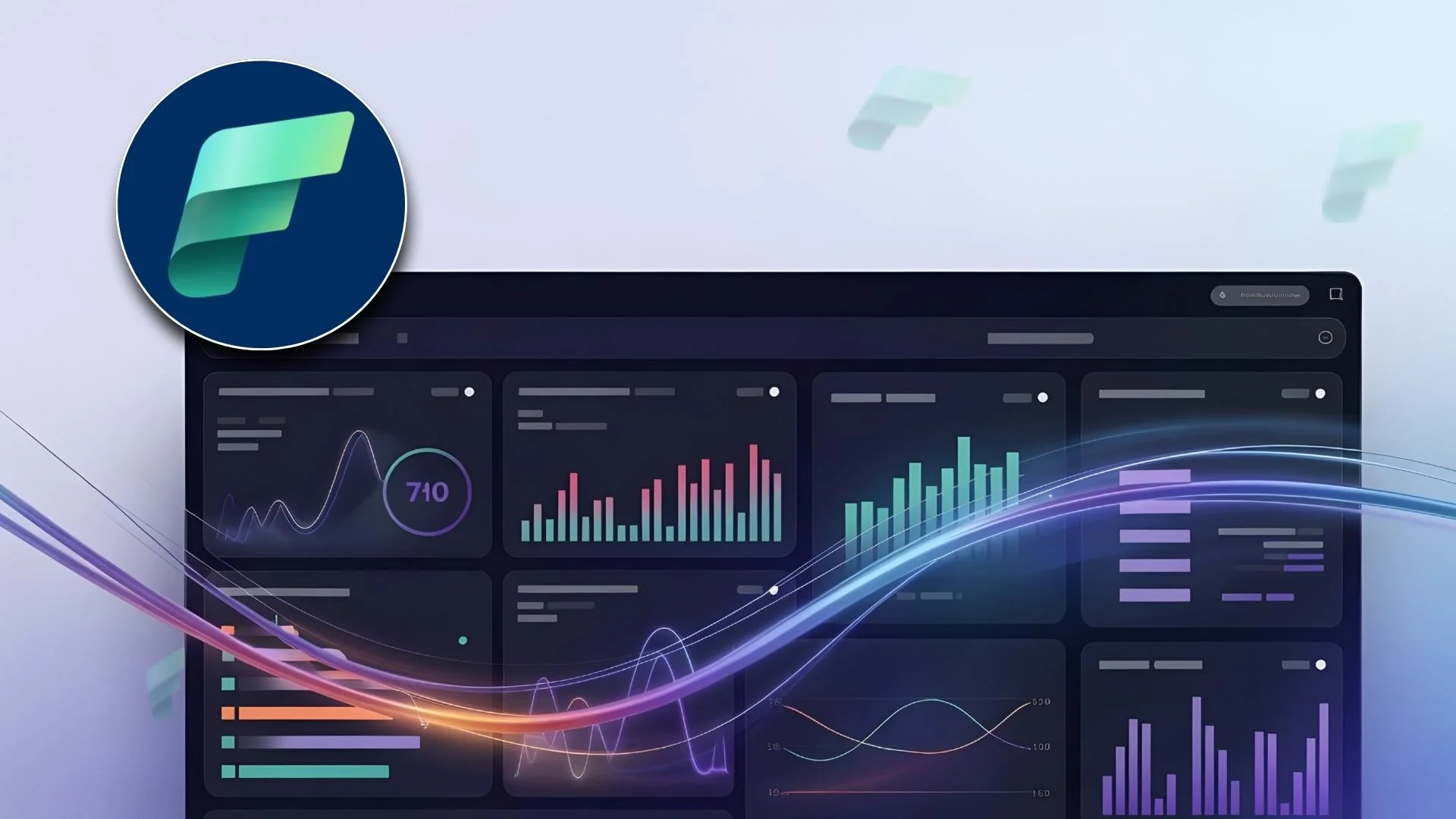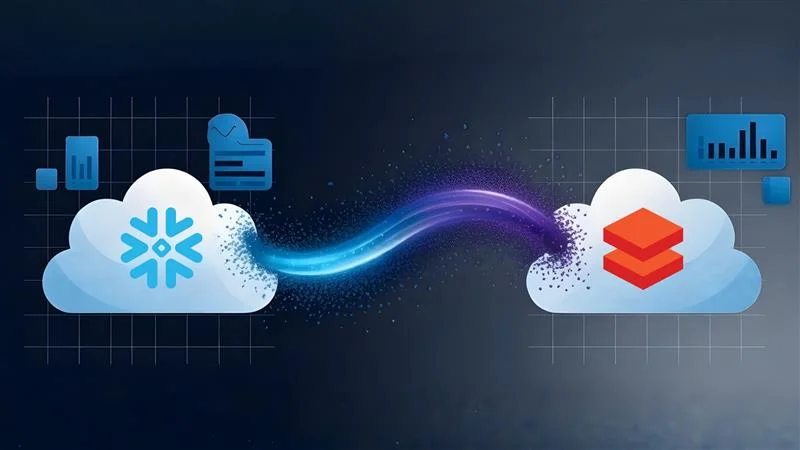Introduction
Gone are the days when people used to rely solely on their instincts and experience to make decisions in the biotech industry. In today’s fast-paced world, the importance of data-driven decision-making cannot be overstated. With the rapid advancements in technology, it has become increasingly crucial to rely on accurate and up-to-date information to make informed choices. Data is an essential component in the realm of biotechnology as it aids in comprehending intricate biological processes, scrutinizing genomic sequences, creating novel drugs, evaluating drug effectiveness, and facilitating informed decision-making. The abundance and intricacy of biotech data, including raw data, can prove to be a daunting task to comprehend and analyze. Data visualization plays a crucial role in transforming large amounts of data into valuable insights and effectively communicating information. This makes it an essential tool for researchers, scientists, and analysts. Power BI stands out as a robust and flexible platform for visualizing data in biotech, among the many options available.
Power BI is a cutting-edge business intelligence solution that empowers organizations to gain valuable insights from their data. With its advanced data visualization capabilities, Power BI enables users to easily identify trends and patterns and make informed decisions based on large datasets. Utilizing this tool can empower businesses to effectively manage their data and leverage it to make well-informed decisions based on data analysis. Power BI enables the data visualization from diverse sources, including databases, spreadsheets, and cloud applications. In addition, Power BI provides the capability of predictive analytics, empowering its users to forecast future trends and gain a precise understanding of their business’s present condition. In the field of biotechnology, data can be intricate and encompass various domains. Power BI is a valuable tool that can provide clarity to this data and reveal valuable insights that can be leveraged to achieve superior results.
In this blog post, we will explore the importance of data visualization in biotech and the benefits of harnessing the power of data visualization with Power BI in the biotech industry.
Table of Contents
- Introduction
- What is Power BI, and why is it relevant in biotech?
- Data connectivity:
- Real-time insights:
- Interactive visualizations:
- Collaboration and sharing:
- Advanced analytics:
- Now let us look at some of the benefits of data visualization in the biotech industry
- Improved data processing and understanding
- Effective sharing and collaboration
- Faster clinical trials
- A well-defined competitive environment
- Analyzing data at a detailed level
- Conclusion
What is Power BI, and why is it relevant in biotech?
Power BI is a cutting-edge business analytics tool developed by Microsoft. This software solution is designed to provide users with a highly interactive and intuitive platform that offers a wide range of powerful visualizations and business intelligence capabilities. Power BI boasts an incredibly user-friendly interface that enables its users to effortlessly connect to a multitude of data sources, craft bespoke dashboards tailored to their specific needs, and produce visually engaging reports that are interactive and dynamic. Within the biotechnology industry, where the accurate analysis and interpretation of data is of paramount importance, the utilization of Power BI provides a multitude of benefits and advantages:
Data connectivity:
Power BI offers seamless integration with diverse data sources and repositories that are frequently employed in the biotechnology domain, including but not limited to Excel spreadsheets, electronic health records, laboratory information management systems, genomics databases, cloud services, and real-time streaming data. This integration is designed to be smooth and effortless, allowing users to easily access and analyze their data from various sources within a single platform. With this integration capability, researchers can efficiently consolidate and analyze data from various experiments and sources.
Real-time insights:
Biotech research often necessitates continuous monitoring and analysis of data in real time. The capability of Power BI to establish connections with real-time data sources enables researchers to promptly acquire insights, thereby expediting the decision-making process and potentially conserving significant time in the drug discovery procedure.
Interactive visualizations:
Interactive visualizations are useful tools for researchers to identify patterns, trends, and correlations that may not be immediately apparent in raw data. These visual representations of data can provide valuable insights and facilitate a deeper understanding of complex information. The Power BI platform provides a marketplace that features a variety of custom visuals such as charts, graphs, and maps. These visuals are usually developed by either the third-party developers or the Power BI community. Professionals in the biotechnology industry have the option to select from a diverse array of visual aids in order to accurately depict their data and proficiently convey intricate concepts. In addition, Power BI’s interactive visualizations facilitate users to delve deeper into particular data points, sift through information, and uncover valuable insights with minimal effort.
Collaboration and sharing:
In the field of biotech research, collaboration and sharing are key components of success. This is because biotech research typically involves the participation of multiple stakeholders and teams working together towards a common goal. With Power BI, users can effortlessly collaborate with their colleagues by sharing dashboards, reports, and insights. This feature promotes effective communication and teamwork among team members.
Advanced analytics:
With its advanced analytics capabilities, Power BI is a valuable tool for biotech research. The platform offers features like forecasting, clustering, and sentiment analysis, which can provide valuable insights for researchers in the field. With these features, researchers are empowered to uncover concealed insights and trends, detect anomalies, and formulate predictions based on data. In addition, biotechnology companies have the opportunity to utilize cutting-edge technologies such as machine learning algorithms, predictive modeling, and natural language processing to gain more profound insights from their data and foster innovation.
Proficient utilization of Power BI’s data visualization capabilities hold significant importance in the biotechnology industry. Researchers can obtain a comprehensive understanding of their data, reveal concealed patterns, and recognize trends that may result in innovative findings. Decision-makers can manage KPIs, monitor clinical trial results, and optimize resource allocation. Power BI’s interface is interactive and user-friendly, allowing non-technical users to explore data and gain insights without advanced coding skills.
Now let us look at some of the benefits of data visualization in the biotech industry
Improved data processing and understanding
Power BI offers a potent means of visual storytelling that sheds light on the impact of an organization’s research and development endeavors. Scientists can utilize a singular dashboard to access, collect, and exhibit media from various platforms, databases, and sources. By analyzing data in the cloud, users can have a more in-depth interactive experience, including the capability to modify visualizations to emphasize different aspects of the insights.
Additionally, it expedites discovery by minimizing irrelevant data and emphasizing significant patterns and associations. This is advantageous for biopharmaceutical researchers who require correlation between market opportunities and potential drug therapies, causative agents and diseases, and intended and unintended effects of chemicals.
Effective sharing and collaboration
Data visualization software tools are typically packaged in a container, which is a convenient plug-and-play platform that contains all the necessary components for running the program. By configuring the essential systems within the container to work seamlessly with each other, your team can avoid the common challenges that arise when different components fail to interact as intended. This innovative structure enables researchers, regardless of their geographical location, to collaboratively access and provide feedback on a shared 3D data visualization in a virtual environment that operates in real-time.
Faster clinical trials
Additionally, data visualization facilitates increased efficiency and value within the clinical trial programs of your organization. Using a data visualization tool, your teams can monitor key performance indicators at a glance with a data dashboard that can be personalized. Summarize the results in an easily digestible format immediately. View a real-time summary of the trial’s current status and monitor potential risks for early detection of concerning developments. Immediate iteration to generate new reports as required to support revised findings.
A well-defined competitive environment
In order to effectively compete within the highly competitive drug patent landscape, it is imperative for adolescent biopharmaceutical companies to have a comprehensive understanding of their market rivals. Data visualization is a powerful tool that can help leaders in the pharmaceutical or biotech industries gain clarity on their product pipelines and intellectual property information. With the help of these tools, it becomes easier to differentiate between various scientists, drug classifications, mergers and acquisitions, and patent activity. This enables you to gain a clear understanding of your firm’s position and identify any opportunities that may exist in the market.
Analyzing data at a detailed level
Data visualization offers significant advantages to organizations in managing extensive data sets at a functional level. Scientists have the capability to generate three-dimensional representations of protein structures and conduct analysis on multiple intricate models concurrently. Additionally, they have the capability to generate a succinct representation of all three-dimensional models, utilizing the principle of “overview first, details on demand.” Additionally, users have the ability to visualize correlations between data sets and analyze data from various perspectives. In the field of sequencing, data visualization is an essential tool as it enables the collection of vast quantities of data for analysis.
Conclusion
The utilization of Power BI in the biotech sector is a highly potent approach for data visualization and analysis. By leveraging the capabilities of data visualization with Power BI, the biotech industry can potentially transform research, clinical decision-making, and drug development. Making data-driven decisions is crucial in today’s business landscape. By leveraging accurate insights into trends, patterns, and relationships between different variables, organizations can gain a competitive edge and make informed decisions that drive success. Moreover, it is beneficial to present information in a clear and concise manner that facilitates comprehension and informed decision-making. Whether you’re a scientist examining genomic data or a pharmaceutical executive overseeing clinical trial outcomes, utilizing this tool can enable you to pinpoint potential opportunities or risks linked to specific choices and arrive at well-informed decisions founded on precise insights. Professionals in the biotech industry can gain a competitive edge by harnessing the power of data visualization through Power BI. By doing so, they can unlock the full potential of their data and make informed decisions based on valuable insights.















